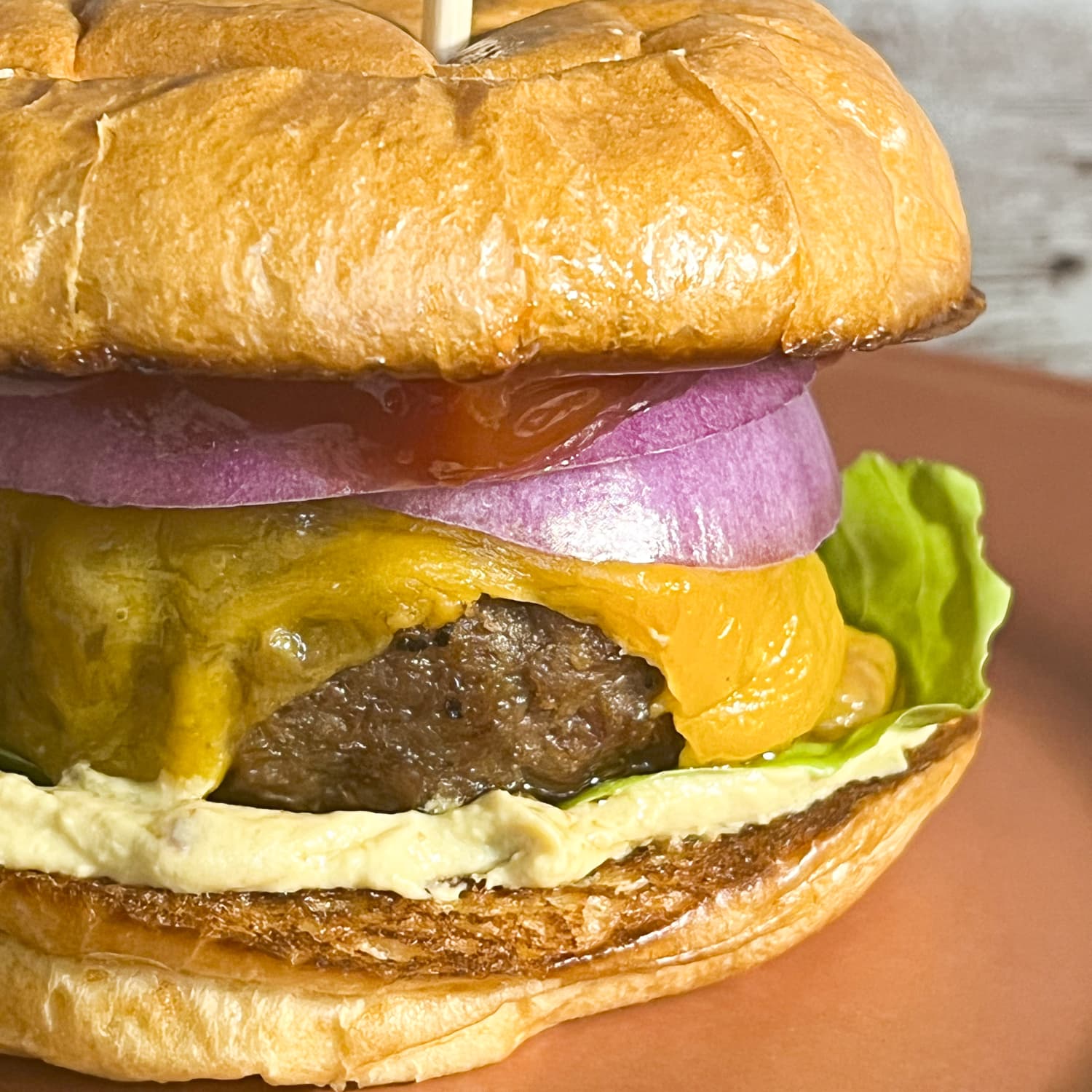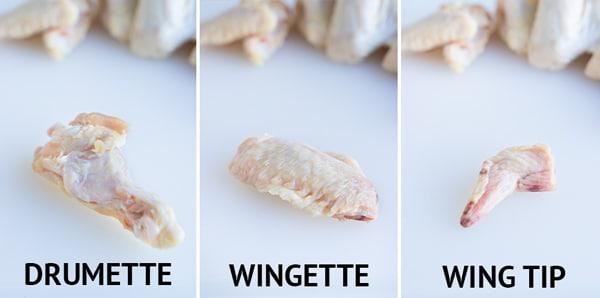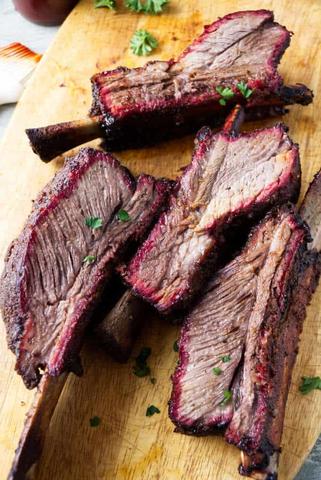Among the vast array of exotic fruits found in markets worldwide, few spark as much curiosity as the humble passion fruit. For many food enthusiasts, their first encounter with this wrinkled wonder often happens at a local farmers’ market, where vendors proudly display these purple, slightly wrinkled spheres with knowing smiles. What does passion fruit taste like? This seemingly simple question leads to discovering one of the most fascinating fruits in the culinary world, with a flavor profile that captivates both casual fruit lovers and seasoned chefs alike.
What Does Passion Fruit Taste Like?

What Does Passion Fruit Taste Like? Sweet, tart, or refresh
If you’re wondering what does a passion fruit taste like? Prepare yourself for a flavor adventure that’s anything but ordinary. Imagine biting into a fruit that somehow manages to be sweet, tart, and tropically aromatic all at once. The taste of passion fruit is like a carefully orchestrated symphony where different flavor notes play together in perfect harmony.
The primary flavor profile includes:
- A bold tartness that awakens your taste buds
- A natural sweetness that balances the acidity
- Tropical undertones that remind you of exotic destinations
- A complex aroma that enhances the overall taste experience
- A refreshing quality that makes it incredibly satisfying
What makes passion fruit truly unique is how these flavors develop and change as you eat it. The initial taste is often quite tart, followed by a sweeter finish that lingers pleasantly on your palate. It’s this complexity that makes passion fruit such a beloved ingredient in both sweet and savory dishes.
The Textural Experience
The taste of passion fruit isn’t just about flavor – it’s also about texture. When you cut open a passion fruit, you’ll find:
- A jelly-like pulp that’s simultaneously smooth and juicy
- Crunchy, edible seeds that add an interesting textural contrast
- A thick outer rind that protects the flavorful interior
- A gelatinous consistency that’s unlike any other fruit
This unique combination of textures contributes significantly to the overall eating experience. The seeds, which might seem intimidating at first, are completely edible and add a satisfying crunch that complements the smooth pulp perfectly.
What Do Colors Passion Fruit Taste Like?

What Do Colors Passion Fruit Taste Like?
One of the most common questions I get is about the difference between yellow and purple passion fruits. While both varieties offer that distinctive passion fruit flavor, there are some notable differences.
Yellow Passion Fruit
Yellow passion fruit, which is larger than its purple cousin, can vary significantly in its taste profile. Some yellow passion fruits are incredibly tart, while others have surprisingly low acidity. Generally, yellow passion fruits tend to be:
- More aromatic than purple varieties
- Larger in size
- Variable in their sweet-to-tart ratio
- Popular in tropical regions
- Excellent for juicing
Purple Passion Fruit
Purple passion fruits, which are more common in the United States and many other countries, typically offer:
- A more balanced sweet-tart profile
- Consistent flavor across fruits
- Smaller size but often more concentrated flavor
- Better adaptation to subtropical climates
The Ripeness Factor
One fascinating aspect of passion fruit is how its taste evolves with ripeness. A perfectly ripe passion fruit should feel heavy for its size and have slightly wrinkled skin. Here’s what happens to the flavor during the ripening process:
- Unripe (smooth skin):
- More acidic
- Less aromatic
- Firmer texture
- Less developed flavor
- Perfectly Ripe (slightly wrinkled):
- Balanced sweetness and acidity
- Strong tropical aroma
- Perfect pulp consistency
- Peak flavor development
- Very Ripe (very wrinkled):
- Increased sweetness
- More intense aroma
- Softer pulp
- Can develop slightly fermented notes
Read more: The 101 Ultimate Guide: What Does Guava Taste Like?
A Unique Variation of Guava Passion Fruit
What does guava passion fruit taste like? This interesting variation combines the best of both worlds. While not a true passion fruit variety, guava passion fruit products and flavors have become increasingly popular. The combination creates:
- A sweeter overall profile than traditional passion fruit
- Tropical notes that are more pronounced
- A mellower acidity
- A uniquely refreshing taste
This fusion of flavors works particularly well in:
- Smoothies and juices
- Tropical desserts
- Cocktails and mocktails
- Fruit punches
Culinary Applications
The complex flavor profile of passion fruit makes it incredibly versatile in the kitchen. Here are some of my favorite ways to use this remarkable fruit:
Sweet Applications
- Desserts:
- Passion fruit curd
- Cheesecake topping
- Ice cream flavoring
- Mousse
- Tropical Pavlova
- Beverages:
- Smoothies
- Tropical cocktails
- Fresh juices
- Iced tea infusions
Savory Applications
- Sauces:
- Marinades for chicken or fish
- Salad dressings
- Glazes for grilled meats
- Ceviche additions
- Accompaniments:
- Tropical salsas
- Savory chutneys
- Flavor enhancer for seafood
- Exotic vinaigrettes
Health Benefits That Enhance the Experience
While we’re primarily focusing on taste, it’s worth noting that passion fruit’s flavor compounds are often linked to its nutritional benefits:
- High in antioxidants, which contribute to its complex flavor
- Rich in vitamin C, enhancing its naturally tart profile
- It is a good source of fiber, particularly in the crunchy seeds
- It contains beneficial plant compounds that contribute to its unique taste
Tips for the Best Taste Experience

Tips for the Best Taste Experience
To fully appreciate what a passion fruit tastes like, follow these guidelines:
- Selection:
- Choose fruits that feel heavy for their size
- Look for slightly wrinkled skin
- Avoid fruits with smooth, green skin (unless you plan to let them ripen)
- Check for a strong, sweet aroma
- Storage:
- Store unripe fruits at room temperature
- Refrigerate ripe fruits for up to 2 weeks
- Freeze pulp for up to 3 months
- Keep in a well-ventilated area
- Preparation:
- Cut the fruit in half horizontally
- Scoop out all the pulp and seeds
- Consider straining if you prefer just the juice
- Use immediately for the best flavor
Common Questions About Passion Fruit Taste
Is Passion Fruit Sweet or Sour?
It’s both! The beauty of passion fruit lies in its perfect balance of sweet and sour notes. The exact ratio depends on ripeness and variety, but you can expect a pleasant combination of both flavors.
Why Is My Passion Fruit Too Sour?
If your passion fruit tastes too sour, it might be:
- Not fully ripe
- Picked too early
- A particularly tart variety
- Need to be balanced with other ingredients
Can You Eat Passion Fruit Raw?
Absolutely! While many people prefer to incorporate passion fruit into other dishes, eating it raw is perfectly fine and gives you the purest taste experience. Just scoop out the pulp and seeds with a spoon and enjoy.
Seasonal Variations in Taste
Like many fruits, passion fruit’s taste can vary slightly depending on the season and growing conditions.
Summer Harvest:
- Generally sweeter
- More intense aroma
- Perfect for fresh eating
- Ideal for juice-making
Winter Harvest:
- Slightly more tart
- Firmer texture
- Great for cooking
- Excellent for preserving
Comparing Passion Fruit to Other Tropical Fruits

Comparing Passion Fruit to Other Tropical Fruits: Mango, Guava, and Pineapple
To better understand passion fruit’s unique taste profile, let’s compare it to other tropical fruits:
Mango:
- Sweeter overall
- Less acidity
- Smoother texture
- No crunchy seeds
Guava:
- Similar sweetness
- Less tartness
- Grainier texture
- Different seed structure
Pineapple:
- Similar acidity
- Different types of sweetness
- No seeds
- More fibrous texture
Conclusion
After exploring every aspect of passion fruit’s taste profile, it’s clear that this fruit offers a unique and compelling flavor experience. Whether you’re tasting it for the first time or you’re a passionate passion fruit enthusiast, there’s always something new to discover about its complex flavor profile.
The key to truly appreciating what passion fruit tastes like is to embrace its uniqueness. Don’t expect it to taste like any other fruit – it’s in a class of its own. The combination of sweet, tart, and tropical flavors, along with its interesting texture and versatile culinary applications, makes passion fruit a truly remarkable addition to the world of fruits.
Remember, the best way to understand what passion fruit tastes like is to experience it yourself. So next time you see these wrinkled wonders at your local market, don’t hesitate to pick up a few and embark on your own passion fruit flavor adventure.
Learn More About Grilling
If you want to learn more about grilling, check out these other helpful resources!










